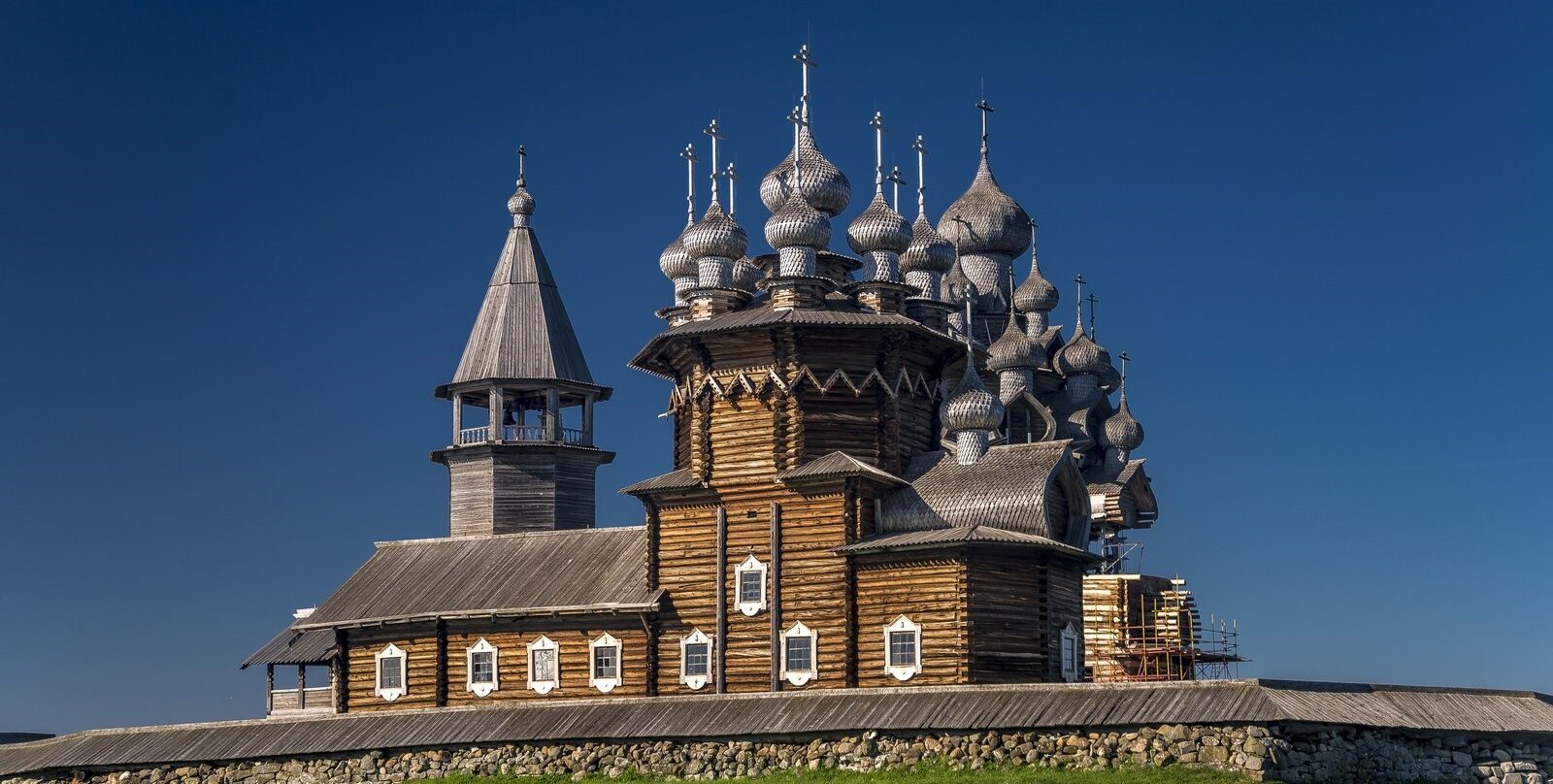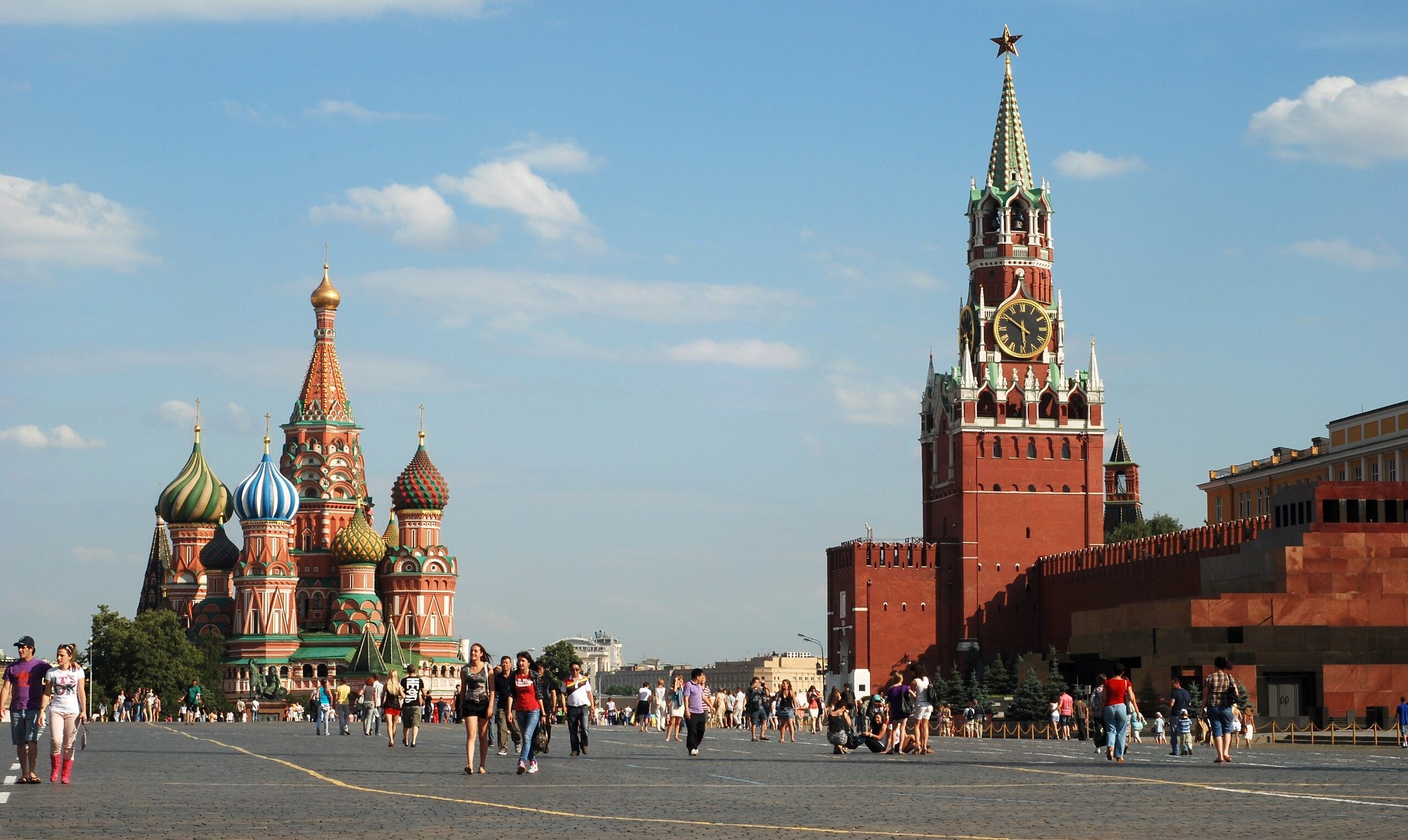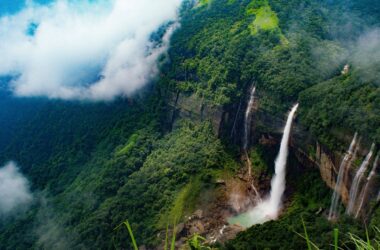Hiding in a remote area from the curious crowds of tourists, the tiny former kingdom leads a quiet and mysterious life. Few travelers dared to explore these lands. Those who have visited the Mustang will never forget this amazing land full of secrets and legends.
Fertile plain | Mustang
Mustang (Montang or Moon Tan) – translated from Tibetan means “fertile plain”. However, the name is misleading. Take a look at the surroundings and dry lands and mountains will open before you. No, Mustang is not included in the list of top tourist destinations offering five-star hotels and restaurants. You will not find pools with sun loungers and beauties in bikinis languidly sipping exotic cocktails here. The superficial shine and gamut of glamorous resorts bypasses this harsh and beautiful corner for now.
Today Mustang is one of the administrative divisions of Nepal, located in the north of the country. Until recently, this region was a kingdom. In 2008, Nepal was proclaimed a republic, and Mustang became part of the state. However, the king of Mustang still retains some power.
Jigme Palbar Bista is the last king of Mustang.
Like the palace itself, most of the buildings are modest. The only decoration is multicolored scraps of fabric that flutter in the wind, protecting the inhabitants of the houses. These are prayer flags that Buddhists use as amulets. The colors were not chosen by chance, each has its own meaning. White harbors the power of winds and air, green represents water, red is the flame of fire, yellow gives protection to the earth, and blue – heaven. According to legend, the first prayer flags were created by the Buddha himself.
The Royal Palace (where the former ruler still lives) will not impress with its magnificent facade. It looks like an old house: dilapidated wooden doors and time-worn walls.
Focus of power
From time immemorial, Nepal and Tibet are known among people seeking spiritual peace and enlightenment. Nicholas Roerich, the greatest explorer of the Himalayas, believed that the Mustang is one of the sacred places of power to which the energy of the Cosmos descends. The pristine beauty of these lands captivated the scientist. It is not surprising that Roerich again and again depicted bizarre mountains in his canvases. It is worth mentally thanking him for this. Not each of us is able to see with our own eyes how sunsets and sunrises play with colors on the slopes of the Himalayas.
Not only Roerich was attracted by the mysterious aura of these lands. Michel Pessel, a French anthropologist and writer, has also studied the area. In 1967, Michel published the book “Mustang: The Lost Kingdom of Tibet”, in which he told about his extraordinary journey through mysterious lands. The book immediately gained worldwide fame and became a bestseller, which attracted attention to the kingdom. However, until the 90s of the last century, it was not so easy to get into the Mustang, this required a special permit. It is for this reason that the kingdom was nicknamed “forbidden”. The measured way of life affected the morals of the Mustang residents. Pessel himself recalled how he sometimes held back the overflowing negative emotions that are so typical for us (and so unusual for the local population).
“Once I went on a peasant … He looked at my face with surprise and said: “ You are such a learned person. Could a dark peasant have provoked your anger? It was a good lesson … ”(M. Pessel).
Lost legends
Heavenly Caves
Of course, the history of the origin of the ancient kingdom is overgrown with legends. One of the legends says that Mustang is the birthplace of Buddha. The outlandish landscape is also reflected in parables. There are thousands of man-made grottoes carved into the rocks on the territory of Mustang. Heavenly caves of Nepal – they received such a poetic name all over the world. Who created them and why? The elders say that the wisest tribe in the world once lived on the lands of Mustang. However, the ancient sages were in mortal danger, so they left their homes, taking refuge deep underground. And these caves are the entrance to the underworld.
Demon blood
A reddish hue is a characteristic feature of the rocky landscape. The parable says that a long time ago an evil demon destroyed the sacred monastery. The brave guru drove the monster into the mountains, where a fierce battle broke out. The guru killed the demon, whose blood flowed down the slopes, dyeing them crimson.
Modern life is slowly but inevitably changing the face of the Mustang. The new authorities are trying to develop tourism. Perhaps restaurants will soon appear next to mysterious caves (if not in the grottoes themselves), and lines of young tourists will be photographed against the backdrop of shrines in order to quickly post unusual shots on social networks. The turmoil will distort the Mustang’s proud loneliness. And yet, the mysterious charm and unique spirit of the ancient lost kingdom will remain in this place.













